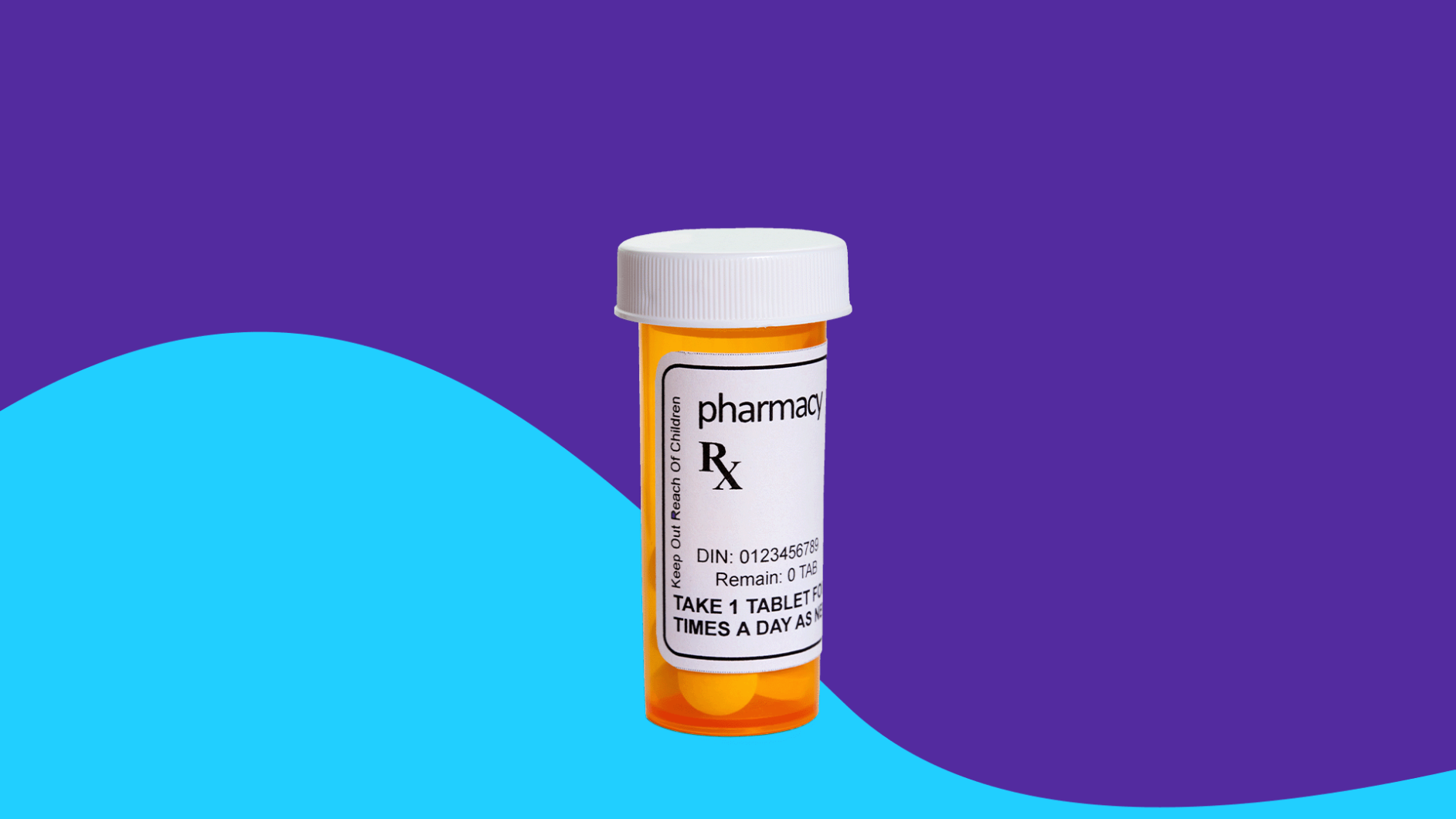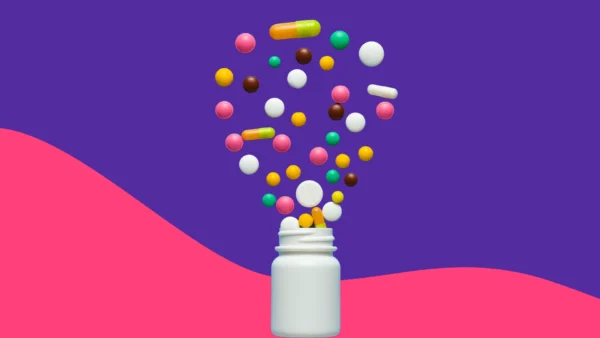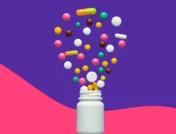A patient calls to ask how often to take their medication…or if they have any refills left. If you’ve worked in a community pharmacy, you’ve likely had the same frustrating conversations about prescription labels over and over. This little sticker is self-explanatory for pharmacists and pharmacy technicians but can confuse patients and caregivers. Due to variability in health literacy, studies show that Americans’ level of understanding of prescription label instructions ranges from 53% to 89%. But, as a pharmacist, you’re in a unique position to educate your patients on all the information found there.
Components of a prescription label
The label on the prescription bottle serves as a quick guide to a patient’s prescription—who the medication is for, what it is, where and when it was dispensed, and how to take it. However, patients must know how to read a prescription bottle label to ensure they take their medications appropriately. The appearance and requirements for prescription labels can vary by state. According to federal law, all prescription labels generally have the following elements:
- Patient name: Local or company policies may also require the patient’s address or date of birth.
- Rx number: This serial number identifies the prescription in the pharmacy’s computer system.
- Medication: This includes the drug name, strength, dosage form, and quantity.
- Directions: Information from the prescriber for using the medication.
- Pharmacy: The pharmacy name, address, and phone number are usually at the top of the label.
- Prescriber name: The name of the healthcare provider who issued the prescription.
- Dates: This includes the original fill date and the expiration date of the medication. The expiration is usually one year from the fill date. Any remaining refills expire when the medication expires.
- Refills: Number of refills available on the prescription.
The pharmacy label also typically includes the name or initials of the pharmacist who verified the prescription before dispensing. State and federal laws also require the pharmacy’s DEA number and a warning statement prohibiting sharing of prescription drugs. In addition to the required label components, precautions, warnings, and common side effects may be listed on the labeling.
How to teach patients to read an Rx label
Pharmacists and pharmacy technicians are key to ensuring patients know how to take their prescriptions. Some patients may require additional time and counseling to help them understand their prescription labels. Most pharmacies now offer options for improved accessibility, such as large print, language translation, braille, and digital applications that can read prescription label directions to patients with certain disabilities. Pharmacy teams have an excellent opportunity to offer these resources to those in need. For example, older adults may have trouble reading the small print on their prescription labels.
Community pharmacists are some of the most accessible healthcare professionals that can aid in answering patients’ questions about their medications. According to a recent study, 90% of Americans live within 5 miles of a community pharmacy. This gives pharmacists the unique position of being the “last in line” healthcare provider to see a patient or caregiver before medication administration. Pharmacists can make critical interventions in medication therapy at this last point of contact to help prevent medication errors.
Prescription labels are not a replacement for patient counseling. Opportune times to review the components of an Rx label with a patient include:
- Counseling sessions, especially for new therapies
- Medication therapy management sessions
- When patients or caregivers request refills or ask other questions about their prescriptions
- During an outreach or follow-up call
Use the prescription label as a tool during counseling
Pharmacists should guide patients to begin reading a prescription bottle in the upper left-hand corner and read it from left to right, moving down each row as if they were reading a book. First and foremost, patients should confirm the prescription is meant for them by confirming their name and address are on the label. Next, the patient should read the medication name, strength, and instructions. Reassure them that it is okay to ask questions.
When counseling patients, don’t just talk at them. Review their understanding by asking open-ended questions such as, “How do you take your medication?” Hold their medication bottle or package and show them the relevant label information as you explain it. Physically point out the number of refills, the expiration date, the pharmacy phone number, and any pertinent warnings.
RELATED: Tips for medication management sessions
Prescription labels and medication safety
Emphasize to your patients the importance of taking medications exactly as prescribed on the label. Taking a drug differently than prescribed could lead to poor health outcomes, such as:
- Not benefiting from the drug’s intended therapeutic effect
- Adverse drug reactions
- Overdose
Pharmacists must ensure that all Rx labels are clear, legible, and free from typos and confusing phrases or abbreviations. Vague or confusing directions on Rx labels can also lead to medication errors. As many as 9,000 deaths occur each year in the United States due to medication errors. Remember that prescription labels are the last line of communication from a healthcare professional before a patient takes their medication. Pharmacists should request clear instructions from prescribers when “take as directed” is the only directive on the prescription.
Prescription drug labels serve as a resource and quick reference for patients to get a general overview of how to take their medications and information on who to contact with any questions. Rx labels can be confusing to the untrained eye, but pharmacy staffers can help patients learn how to read them appropriately.











